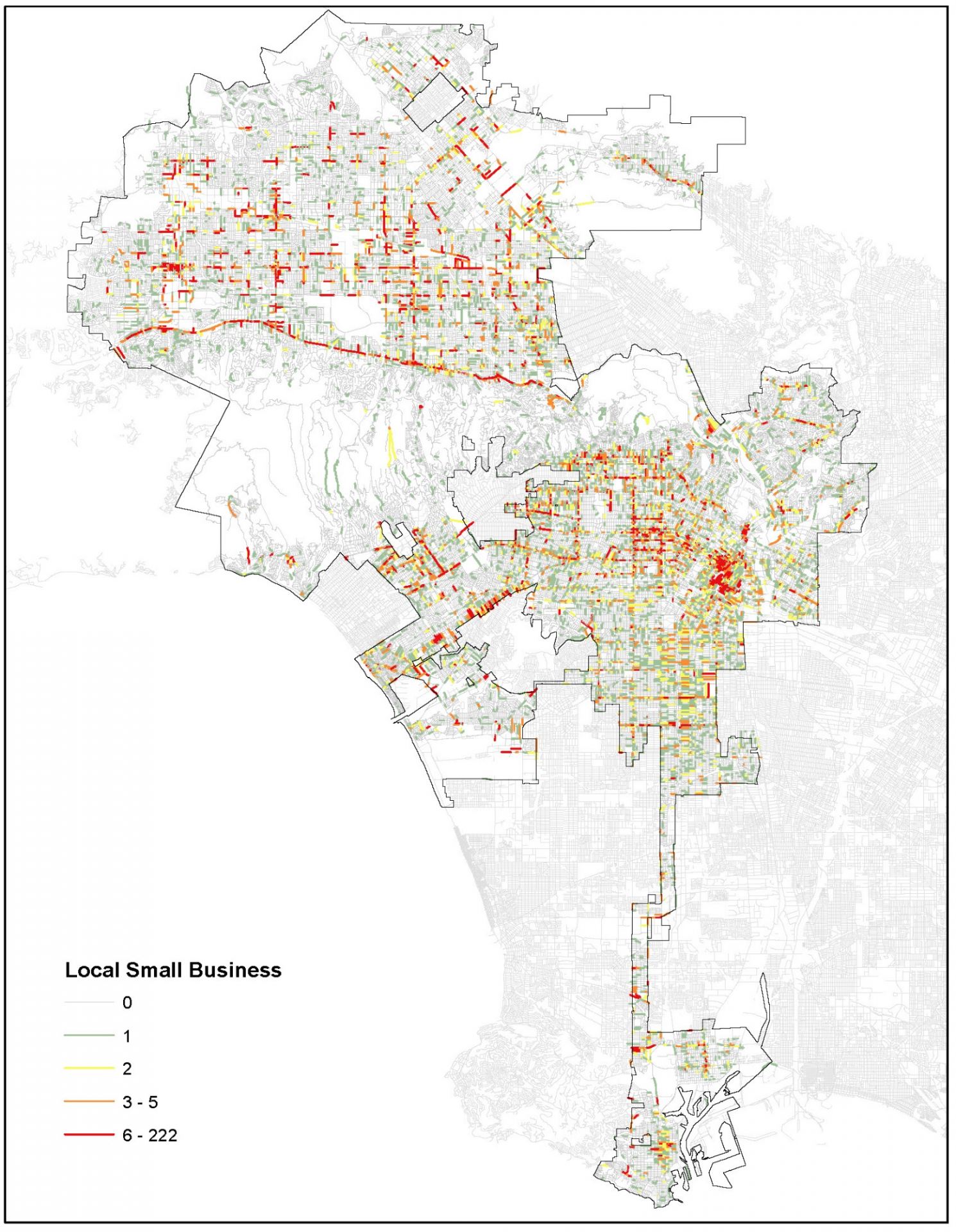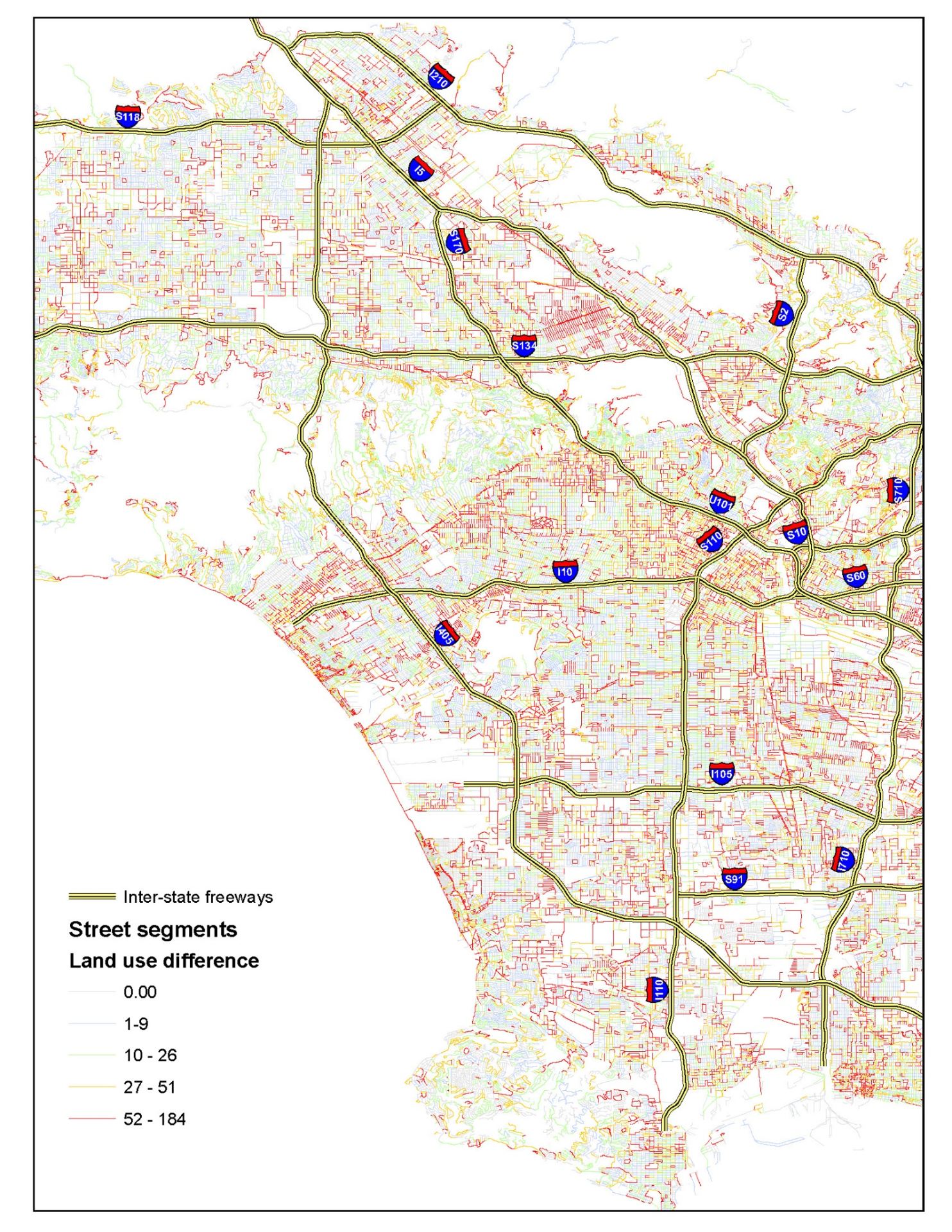This study encourages researchers to turn away from the common variable-centered approach– adopting instead a “neighborhood-centered” approach– to consider how neighborhood structural forces of interest in social disorganization theory combine into unique constellations or patterns that vary across communities, with consequences for crime. Examining neighborhoods in Southern California we: (1) identify neighborhood typologies based on levels of poverty, instability, and heterogeneity; (2) explore how these typologies fit within a disorganization framework and are spatially distributed across the region; and (3) examine how these typologies are differentially associated with crime. Results reveal nine neighborhood types with varying relationships to crime.
You can access the article by Dr. Charis E. Kubrin, Nicholas Branic, and Dr. John R. Hipp in the journal Crime & Delinquency entitled, “(Re)conceptualizing Neighborhood Ecology in Social Disorganization Theory: From a Variable-Centered Approach to a Neighborhood-Centered Approach”.
[Read more…] about Lab publication on (Re)conceptualizing neighborhood ecology in social disorganization theory


